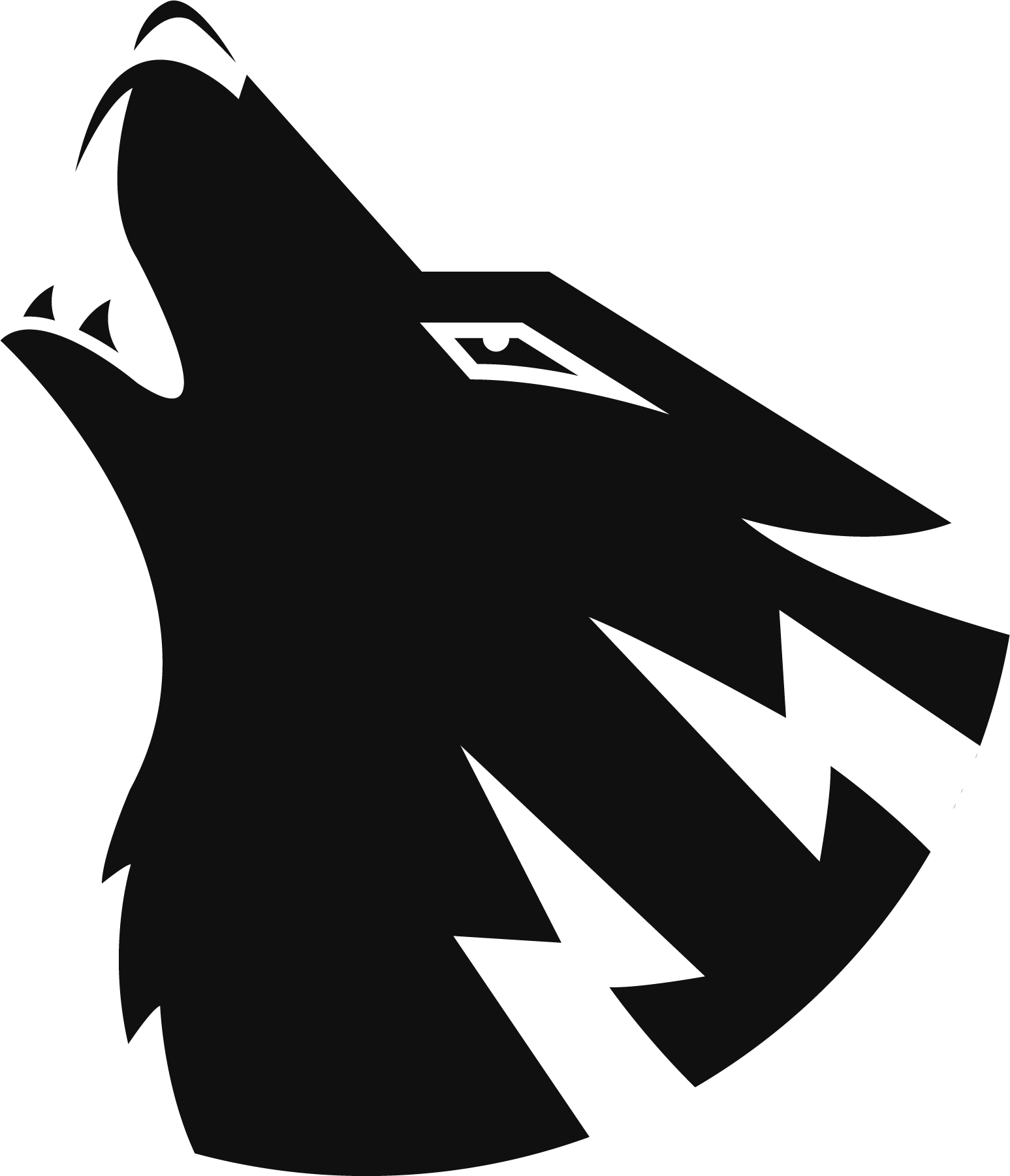Two disappointing teams came to a head in East London live on Sky Sports and Wolves emerged with the demoralising defeat which dropped them into the relegation zone. After a quick start with three good Wolves chances, Gianluca Scamacca followed up from a blocked Jarrod Bowen shot to give the hosts the lead after half an early, and early in the second half Bowen himself beat José Sá at his near post. Diego Costa made his debut for Wolves in a bitterly disappointing performance which has the club looking over their shoulder at a potential relegation battle. Here are five things we learnt:
Style over substance
Wolves started well in East London, with a couple of early chances and going close through efforts from Daniel Podence, Matheus Nunes and Jonny in the first ten minutes. While these chances would have worried West Ham, Wolves never threatened in and around the goal and bar Podence forcing Fabianski to tip over the opposition keeper wasn’t tested.
Wolves amassed 60% possession and an 87% passing accuracy but translated it into just 0.74 xG. (InfoGol). The story once again is that Wolves play the ball around but have next-to-no end product and while there was slightly more threat upon Diego Costa’s entry to the pitch, there wasn’t enough creativity from a team that needs goals urgently.
It feels like Bruno Lage is running out of chances to remedy the issue – Wolves will hope that the lack of chance creation is either something he can remedy or one of his successor’s talents.
Team selection mystery
The team selection was a head-scrathcer from the beginning. A five at the back with Rúben Neves and Jonny alongside Max Kilman at centre back was an unheard-of lineup and had the signs of a manager out of ideas.
Whether it was because of Neves looking comfortable when having to drop into defence against Man City a fortnight ago or because five defenders provided one of Wolves’ better performances last season at home to West Ham in November, the shuffling of players out of position meant two in midfield and a disjointed defensive shape and the lack of central numbers provided acres of space for Kehrer in the build-up to West Ham’s second goal.
Ignoring Toti Gomes, who stepped in admirably two wins last season, was surprising and suggested a lack of trust in his Nathan Collins’ supposed understudy. Toti will almost certainly have to play with no Collins or Neves available against Chelsea, and if Lage is still in charge then he may have a job reinforcing the young defender’s confidence.
Nunes’ quality evidenced again
Matheus Nunes has showed signs of real quality in his short time at Molineux so far. Having held out for a move to a bigger team until late August, he has demonstrated his talent in every game since his arrival. His ability to retain possession of the ball while moving the team forward has added a different dimension to the Wolves midfield and he could yet offer the flexibility to play with a two or three man midfield, which has been tested by the lack of mobility of Neves and João Moutinho.
Nunes’ removal by Lage after 73 minutes had the signs of a manager who had given up on the game. With his desire to play at a higher level and obvious capability as a Champions League-level player, Wolves fans might need to enjoy him while they can, while ruing that the slow start to the season is wasting having a truly special player breaking from midfield.
Costa and Campbell show signs of life
After Wolves brought Diego Cost and Chem Campbell on there was a brief spark. Costa should have done better from a headed chance he put wide, but looked good on the ball and did his best to link the play to try and spark a Wolves revival from two goals down. Playing in his first game of 2022, he also set up Podence for a disallowed tap in after timing his run well (with Traoré’s delayed through ball playing him offside) and was the much needed ‘presence’ in the box that Wolves haven’t had for months if not years.
Campbell also showed confidence in what was only his third appearance for Wolves in the Premier League. He showed for the ball almost immediately and cut in and shot wide – Wolves will hope he doesn’t have to play many minutes but there are signs that he may have a future at the club.
Wolves haven’t replaced Diogo Jota
The last time Diogo Jota played for Wolves was arguably the best campaign in half a century, with a seventh placed finish and a run to the quarter finals of the Europa League. While he was a source of frustration for Wolves fans at the back end of the first lockdown affected season, Wolves have struggled to attack ever since his departure.
Not only was he able to dovetail effectively with a pre-injury Raúl Jimènez, he offered consistent goal threat and arguably the most lacking quality for Wolves recently, instinctive decision making in the final third and progressive ball carrying. While Traoré, Podence, Neto and recently Guedes have shown flashes as forward players, no one has replicated Jota’s threat since he went to Anfield. Granted, Wolves have made a managerial and system changes since then, but the hesitation as players enter the final third harks back to days when Jota would ragdoll defenders, shoot on sight and rack up significant goal figures in the process.
